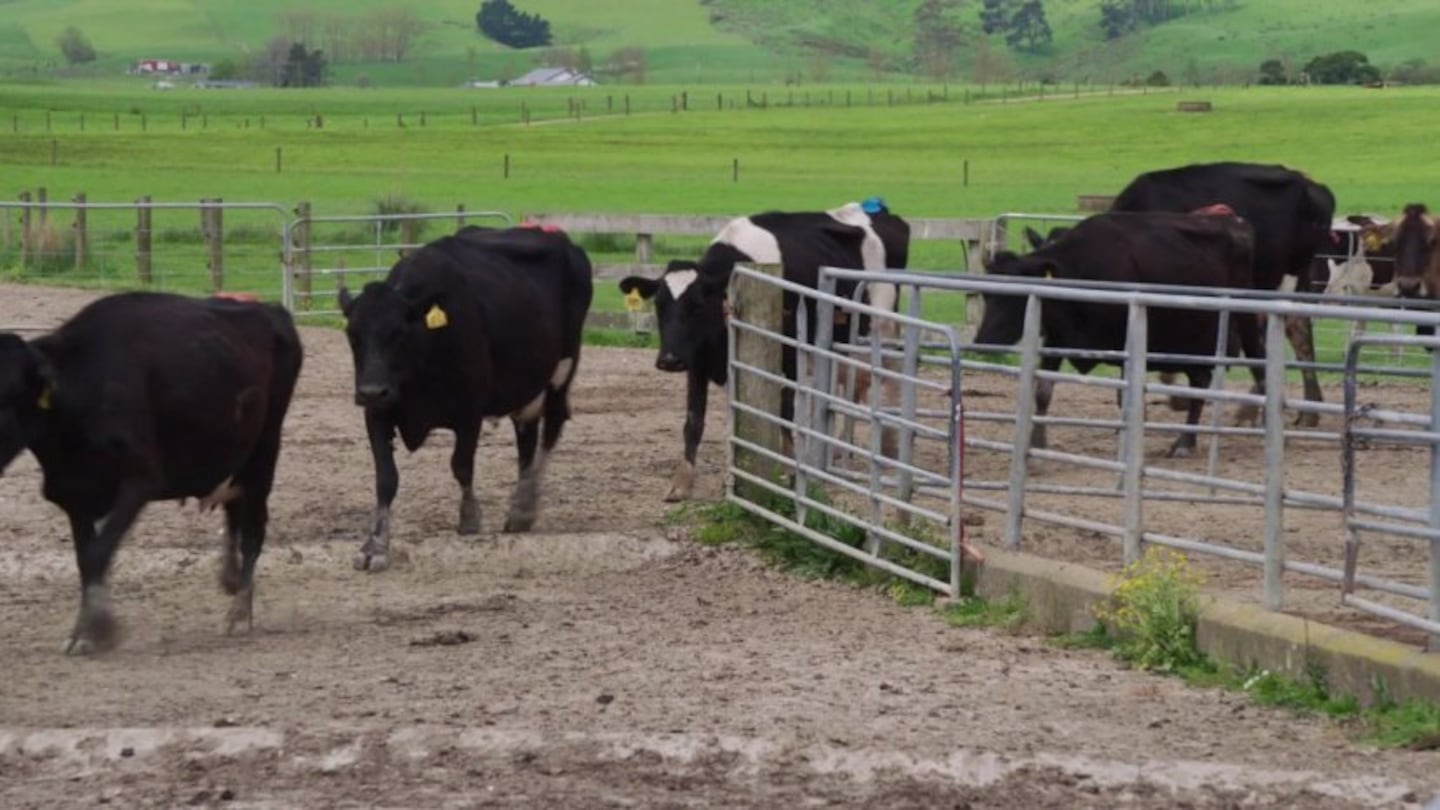A collaborative research initiative between farmers and researchers (Rere Ki Uta, Rere Ki Tai) seeks to create farms that are more dependable, successful, and healthy for whānau, whenua, the taiao and agricultural communities throughout Aotearoa.
Hosted by AgriSea, the initiative’s goal is to “reignite hope and pride in farming in Aotearoa honouring the Te Tiriti of Waitangi partnership between Māori and Pākeha”.
Te Tokanganui-a-Noho Marae in Te Kūiti hosted a workshop last week, guiding farmers through the Māori lunar calendar and more.
AgriSea chief executive Clare Bradley says it was a series of firsts for farmers - experiencing being on a marae and being exposed to mātauranga Māori.
“In terms of the mātauranga, there was maramataka, rongoā, mirimiri, and our farmers and researchers are now taking them back to their whenua and not only looking at how they can implement some things but also looking at some of the stuff that they are already doing.”
The project is looking at not only keeping the connections between consumer and farmer but also enhancing relationships between farmers and the whenua. One way of this being done is at Lincoln University to look at how the soil used to grow kai affects consumers.
The incorporation of maramataka into farming, though usually linked to gardening and fishing, is also a relatively new venture.
“All around the world, indigenous communities have used marama to guide them for planting and high-energy phases. Most people in Aotearoa, if they haven’t grown up in that way, they may think of fishing, hunting or gardening, so we’re seeing how we can apply this knowledge in a farming sense, which is a giant garden in some sense, and seeing how that can help build resilience both in the land, the plant system and our people.”




